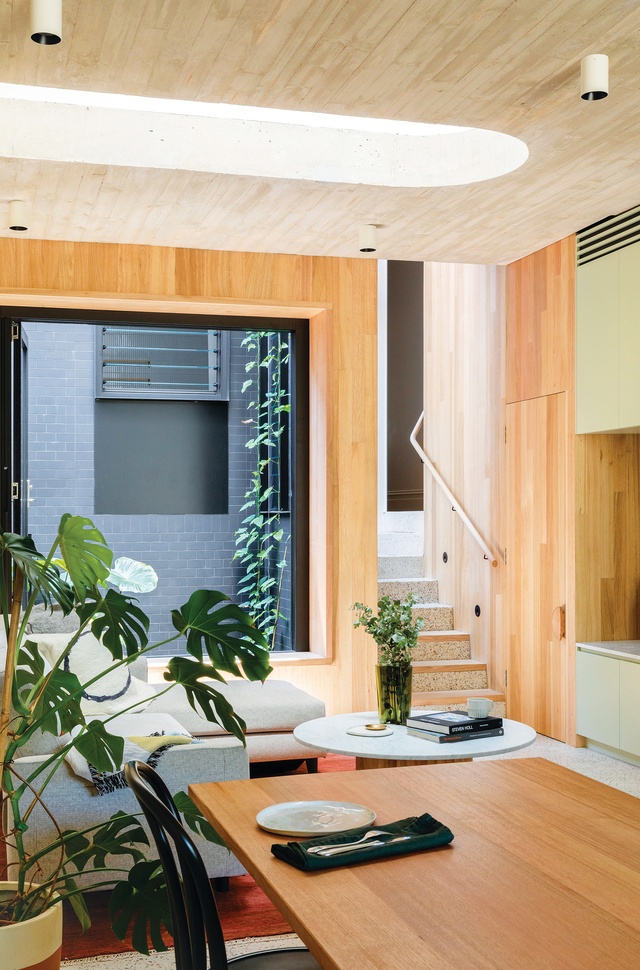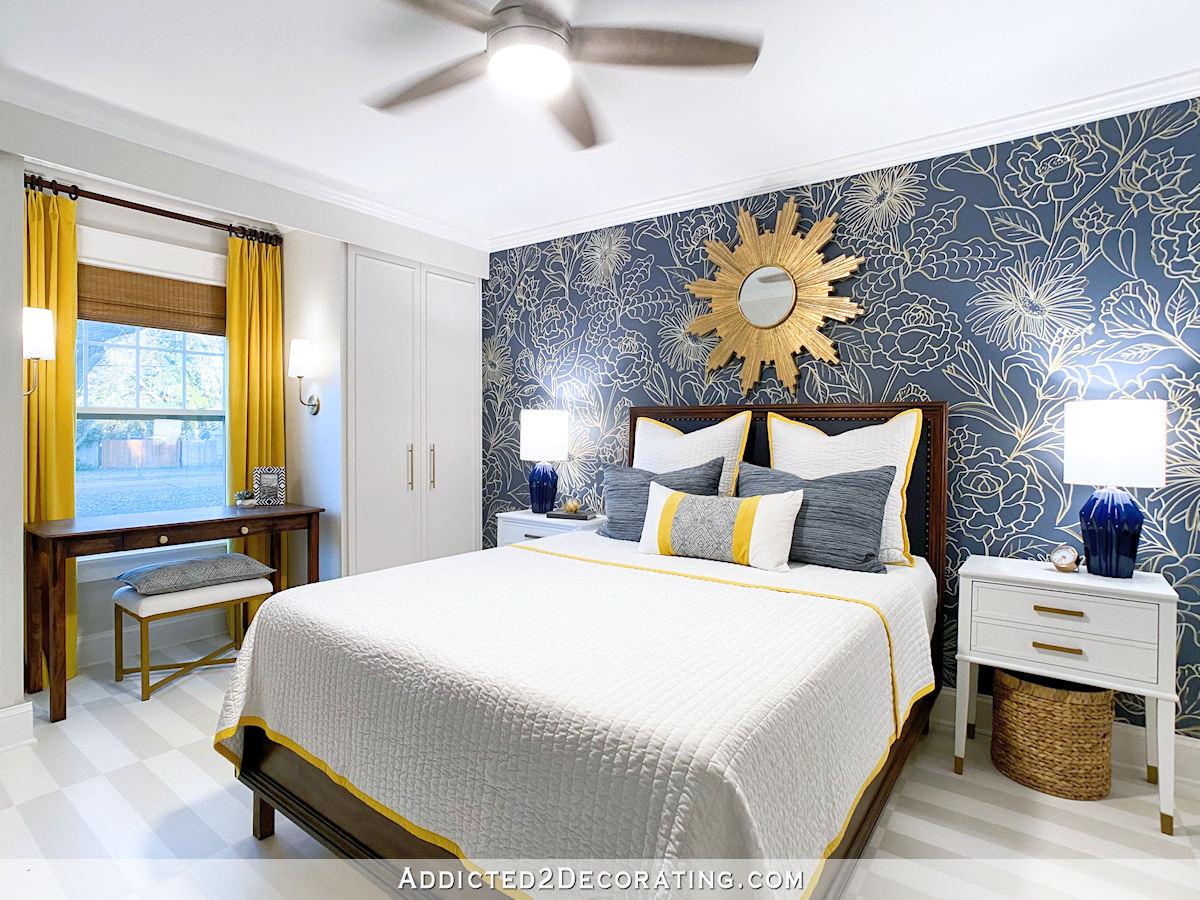[ad_1]
Do it once and do it right. That was the attitude of the clients of Concrete Blonde, who wished to create a beautiful, long-lasting addition for their Federation-era house in Annandale, Sydney. “It would be the one-in-100-year renovation for this house,” the couple describe. They engaged architecture studio Carter Williamson, invested time in liaising with council and waited until their preferred builder was available to ensure they got it right first time.
The clients bought their home in 2008 and sent their brief to a selection of architecture firms in late 2014. They wanted seamless, comfortable spaces in which to host family and friends, and a house that met the requirements of modern living. “The clients were very clear with what they wanted to do. They weren’t creating a trophy home, rather they wanted really nice spaces to live and entertain in,” says project architect Ben Peake. “It’s very common for clients to love where they live, but feel their house is letting their lifestyle down.”
Carter Williamson designed a two-storey addition that provides an open living, kitchen and dining area with a connection to the garden. There are two bedrooms and a bathroom upstairs, supplementing the bedroom and new bathroom in the front downstairs. The staircase is the pivot point between old and new and between downstairs and upstairs, configuring the circulation all in one place.

Katherine Lu
The design team had tentative negotiations with council during design development to determine the roof form and size of the upper storey. Sitting behind the ridgeline of the original roof so that it doesn’t affect the streetscape, this upper level has a slight pitch upward before descending toward the rear to avoid overshadowing the neighbour.
“The council wanted to reduce the size of the upper level so that it wouldn’t overshadow the neighbours, but we demonstrated that we could achieve a similar outcome by having an interesting roof form,” Ben says. While discussions with the council added nine months to the design process, they ensured the development application would be approved first time.
With the extension invisible from the street, the modest facade now belies the generously spaced home behind it, which principal architect Shaun Carter describes as an “architectural jewellery box with beautiful materials and objects inside.”
The lounge, dining and kitchen area is a generous and efficient space bookended by a garden next to the stair and a courtyard with tropical garden at the rear. These gardens provide light and ventilation for the south-facing, low-lying room and provide a connection to the outdoors.
The robust and durable material palette matches the integrity of the Federation house and meets the clients’ request for “long-lasting.” Textured board-form concrete has enabled a higher ceiling, with off-white colour added to the concrete to complement the blonde Tasmanian oak timber and cream-coloured brick wall. The concrete floor is also off-white and embedded with an aggregate of jewel-toned river pebbles inspired by concrete the client saw at Bronte Beach. The concrete floor allows for hydronic heating underneath, while the gemstone colours add warmth to the room and tie in with the light-green lounge and kitchen cabinetry.

Katherine Lu
This joinery extends from the kitchen along a length of the wall, creating continuity and enhancing the sense of space in the narrow room. The long kitchen island is also narrow and services both the kitchen and dining table with built-in banquette. Orange-based furniture maker Will Brennan made the custom dining table and coffee table with fluted bases inspired by the wainscoting introduced in the master bedroom.
The fluting and arches appear as repeated design details throughout Concrete Blonde, including in the void above the lounge. The roof juts up above this opening, with north-facing louvres to bring in light and purge hot air. The void augments the volume of the downstairs room and allows a view to upstairs, creating a connection between the two levels.
The fluting and arch are repeated in the ground-floor bathroom (formerly a bedroom), where curves enclose and define the basin, shower and toilet. Colour above the wall tiles visually accentuates the curved form and an arched window provides a view to the central garden. With gold fixtures and trims, the bathroom embodies the jewellery box idea.
On the first floor, the main bedroom and bathroom have high ceilings with a subtle rake that reflects the exterior roof form. The central garden provides separation between the bathroom and third bedroom, which sits above the original house.
The clients moved into their house in late 2019, five years to the month after sending their brief. “Although this was a long project, we thoroughly enjoyed every moment of the process from the design concept to the drawings and the build,” they describe. “Living in the home, however, seeing and feeling all the details and textures, is a truly amazing experience – something we never imagined would be as wonderful and as beautiful as it is.”
This article first appeared on architectureau.com.
[ad_2]
Source link











